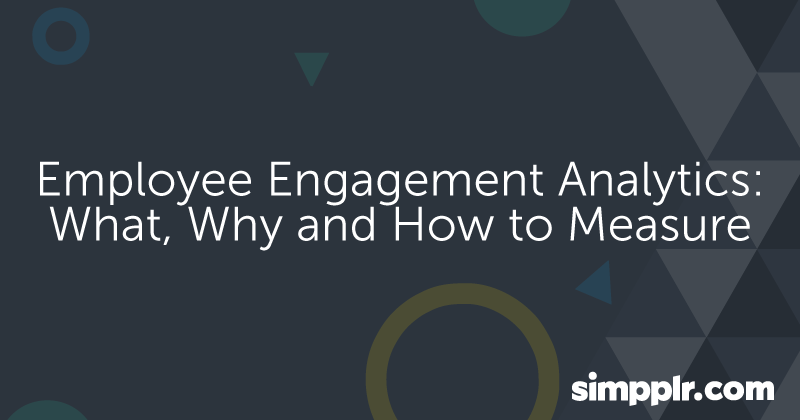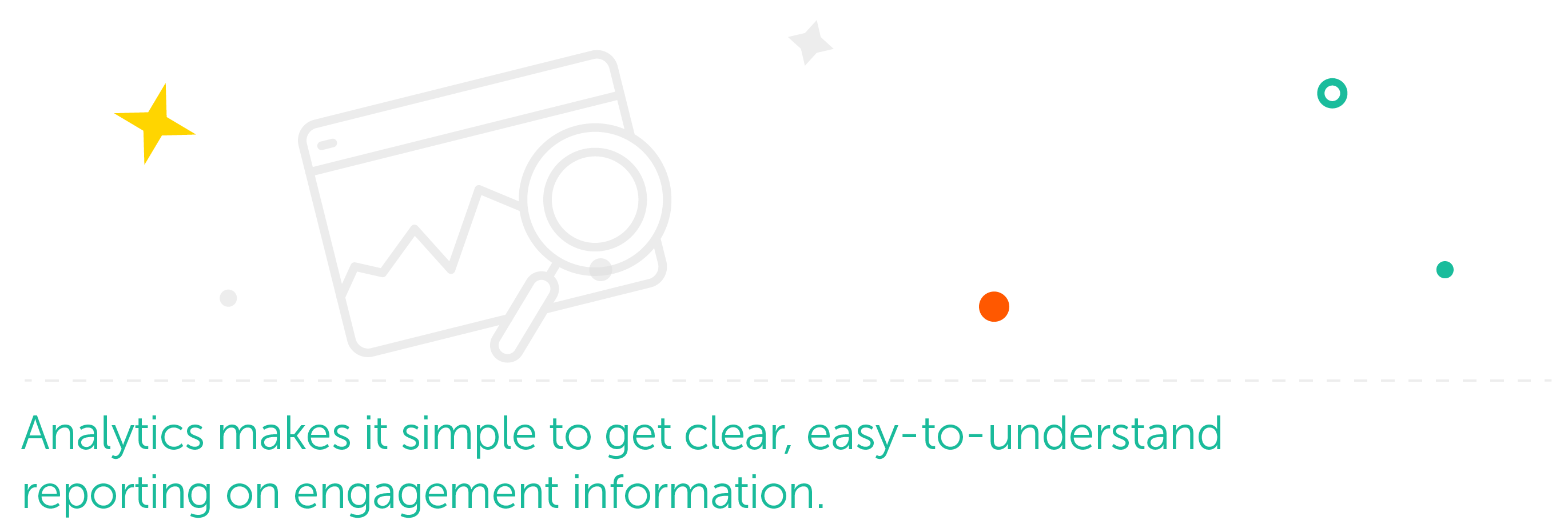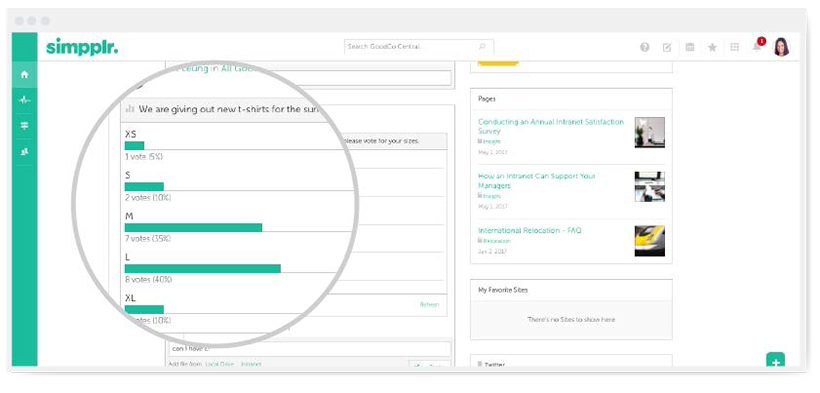All too often, business leaders invest resources in the creation of an employee engagement strategy, only to abandon the initiative after implementation. Even the best engagement programs are likely to fail under these circumstances because there is no attention to outcomes. Companies that successfully develop and maintain a culture of engagement constantly examine results and fine-tune business practices for maximum effect.

You Can’t Manage What You Don’t Measure
Of course, you can’t manage what you don’t measure, so data-gathering is a must. In today’s digitally driven world, there are a variety of tools available to measure engagement factors.
High-quality automated analytics makes it simple to get clear, easy-to-understand reporting on engagement information. Taking action based on these results is the difference between companies that experience a positive cultural transformation and those that don’t.

Think Beyond Annual Engagement Surveys
Yearly engagement surveys are still standard practice in many organizations, but they are on the cusp of becoming obsolete.
Today’s workforce wants to give and receive feedback frequently, making short weekly or monthly pulse surveys a better option than the lengthy annual alternative. In addition to the expected engagement surveys, measure and analyze details related to how work is actually completed by your staff members.
Your company’s employment databases already hold much more detailed engagement information than you might realize, and the data is objective, unlike the subjectivity of engagement surveys.

Ask these indicator questions to gauge level of engagement:
How much work takes place outside of standard business hours?
Engaged employees are more likely to volunteer their personal time during nights and weekends.
Do employees work with a wide range of business partners?
Large networks outside of the immediate team or department indicate high engagement levels.
How much one-on-one time do employees have with their direct supervisors?
Engagement typically increases when supervisors spend more time with team members.
How much time do employees get with senior leaders?
Engagement typically increases when employees build relationships with next-level managers.
What is the ratio of highly engaged employees to disengaged employees on a team?
More disengaged employees means the disengagement is likely to spread.
How fragmented is the workday?
Employees need significant periods of time to work between meetings and events. As their day becomes fragmented with unrelenting demands on their time, engagement decreases.
What are short-term turnover rates?
High numbers of resignations in the first year of employment indicate a culture of disengagement.
Take advantage of advanced technology and available tools to measure employees’ perception of their own engagement, as well as the work habits that show actual levels of engagement, then fine-tune your strategy to maximize success.
Measuring the success of your employee engagement strategy is critical to its success. But people analytics is not just about gathering information. It’s about yielding actionable insights that give you a deeper understanding of your company culture. It’s about finding out what’s working and what needs improvement in the design of your employee experience.
Take advantage of advanced technology and available tools to measure employees’ perception of their own engagement as well as the work habits that show actual levels of engagement. You might just see some pretty revealing results! Share your results with employees and then fine-tune your strategy to maximize success.
Download our eBook: Strategies to Improve Employee Engagement to learn the most effective strategies for your workplace.





